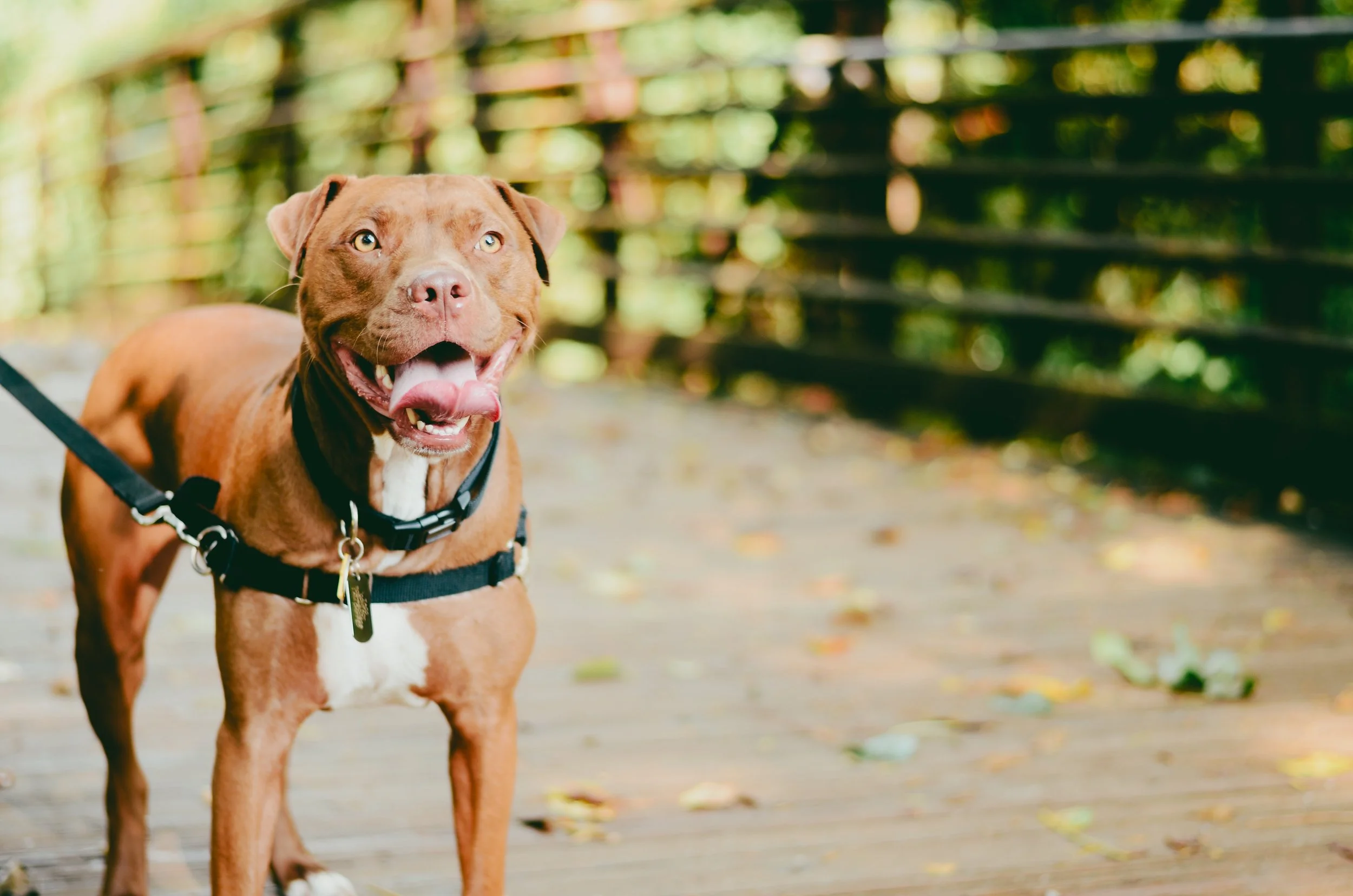Basic Commands Every Dog Should Know
Awell-trained dog is a happy dog! Dogs are pack animals, and they need to know their place in the family hierarchy. Consistent training from the beginning teaches them that you are the boss. This is invaluable for their safety, as well as the safety and comfort of other people and pets around them. No one enjoys being around a dog who is ill-mannered and disobedient, but an obedient dog can be the sweetest companion you could ask for!
Though training can be a daunting task, the up-front work is well worth the lifetime reward of having a four-legged friend who is well-mannered, safe, and trustworthy. Remember that your pup wants to please you; it’s your job to teach him what to do.
Here are some basic commands that every well-trained dog should know. You can use whatever words you choose, but your dog should learn to consistently obey the meaning of each of these commands.
1. Sit ~ This command puts your dog in a stationary, waiting position so that you know where he is and he is ready to listen. It is useful to prevent jumping, running ahead, or exploring where he shouldn’t.
2. Stay ~ This command is a continuation of “sit”, “down”, or any other command you’ve already given. The goal is for your dog to stay in position until you release him with another command (such as “okay” or “come”). The ability to reliably stay is important to prevent impetuous reactions to surroundings, people, or other animals (for instance, bolting after a cat or out of an open door).
3. Heel/With me ~ Whatever words you use, this command teaches your dog to stay beside you as you walk. The purpose is to keep her in close proximity and following your cues, so that you know where she is and she is paying attention to you over other distractions.
4. Down/Lie down ~ This is a useful command for when you need your dog to be out of the way and not underfoot, if he keeps coming back to something after you have asked him to leave it, or if he is barking and won’t stop when you ask him to. This command means that he is lying with belly and all four legs touching the floor or ground. He should stay in this position until you release him with “okay” or “come.”
5. Off ~ The purpose of this command is to teach your dog where her boundaries are. It tells her to get out of or off of a place where she should not be, such as on a specific piece of furniture or standing up with paws on a counter. Practicing at home will establish good habits for when your dog is with you elsewhere, especially at someone else’s home.
6. Leave it ~ Another tool for enforcing safe boundaries, this command tells your dog when he is touching or playing with something he shouldn’t. Teach him to drop an object and/or come away from it immediately.
7. Come ~ Whether you use this word, another word, or your dog’s name, this command is a return call. Your dog should be able to respond consistently, so that you can keep her with you reliably no matter where you go.
8. Focus ~ This command tells your pup, “Pay attention to me, not to other people or dogs.” It is useful for situations where there are many distractions, or where your dog is likely to be nervous or stressed. It reminds him to focus on you as the leader and not worry about his surroundings.
9. Leash walking ~ Though not a verbal command per se (though you may use “Heel/With me” while doing it), this is an important skill and a reminder to your dog of who her leader is, which is always uppermost in a dog’s mind: if no one else is leading, she may feel the need to take the lead herself, which can stress everyone involved! If your dog has difficulty with a regular leash, try a Gentle Leader, which works like a horse bridle, pulling the nose down if your dog pulls. A no-pull harness is another option. We DO NOT recommend prong collars or choke collars, as they are painful and unsafe. With excessive pulling, they can damage the trachea or esophagus. It is not necessary to use something that hurts to train your dog effectively.
10. Responsive obedience ~ For the safety of your dog and others, train your pup to let you take charge in any situation. For example, you should be able to take something out of her mouth without an adverse reaction. You should be able to keep your dog listening to you consistently while around other dogs. Wherever you are, your fur baby needs to know that you are the leader. When she is confident of your leadership, she will relax and follow happily!
There are many obedience training methods and resources available. We highly recommend positive reinforcement, which works much better than negative. (Here at the spa, we rarely find it necessary to tell a dog “No” ~ we only say this if a bite is imminent.) Treat training is almost always easiest; dogs are super motivated by food!
Teaching your dog to listen, obey, and work with you can be fun and highly rewarding. Enjoy the process of helping your pup become a confident, well-mannered member of the family. Check back for more details about training in future posts!
Photo credits ~ top: MaggieLovesOrbit; sit: Vincent van Zalinge; leave it: Charles Deluvio; down: Dominik QN; leash walking: Christian Bowen




